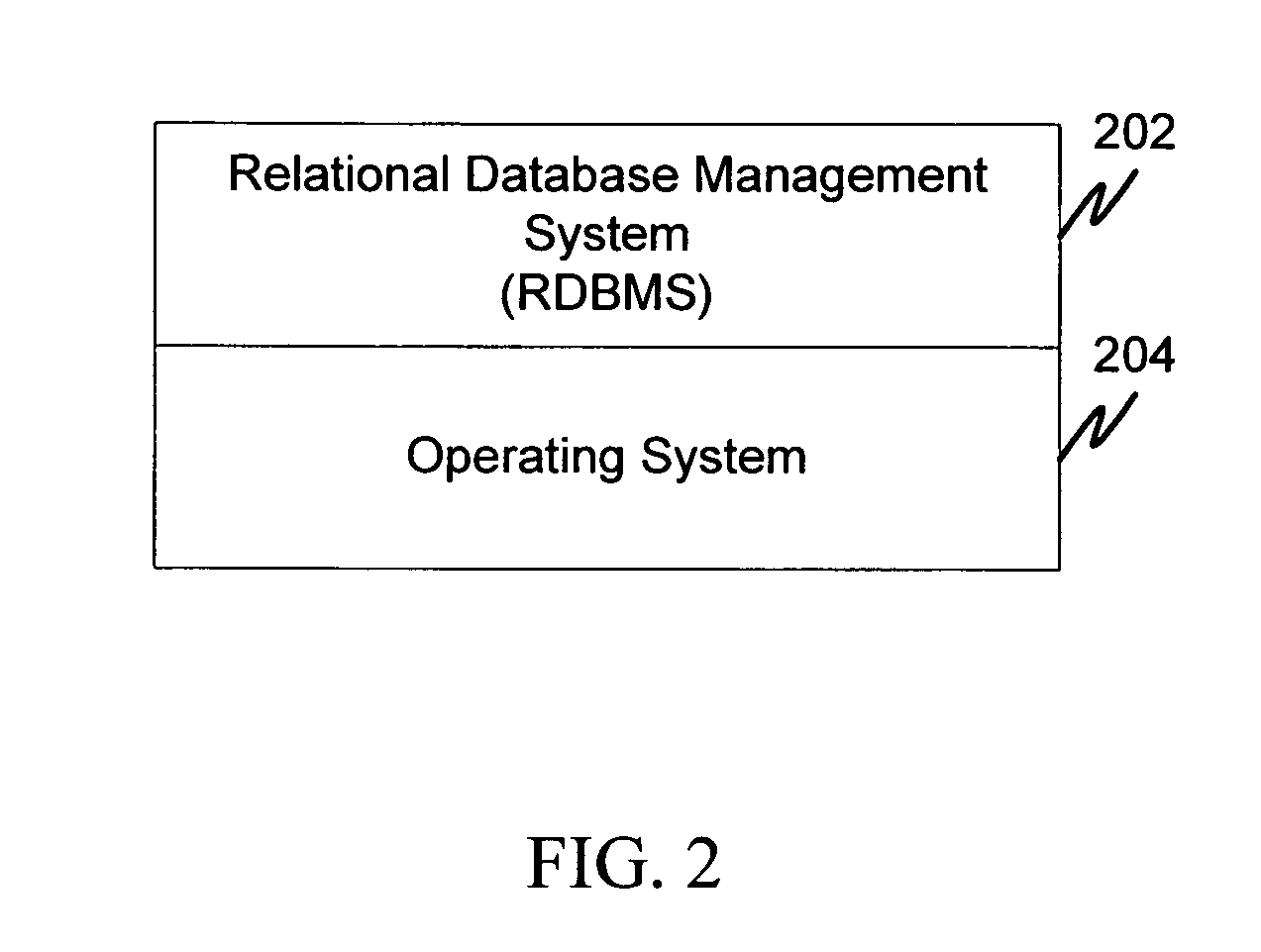Although these systems may harness the competitive spirit, or alleviate exercise boredom for some, these systems suffer from several limitations.
For example, conventional exercise displays may not allow a user to determine whether the user is performing better, or worse, than in the past.
Further, conventional exercise displays may not allow a user to determine how much energy was expended during their present workout as compared with a previous workout, except in total, and after they complete the workout.
Conventional exercise
machine displays may not allow a user to determine if the user is improving his / her fitness, and, if so, by how much, and in what way.
Conventional exercise displays may not allow a user to determine, for example, whether the user is more fit today than the user was yesterday, last week, or last month, and, if so, by how much and in what way.
Conventional exercise
machine displays may not allow a user to determine how much harder the user has to exercise in order to reach a desired performance goal.
Further, conventional exercise
machine displays may not allow a user to determine how much harder the user should exercise immediately in order to improve performance.
Conventional exercise displays may not allow a user to determine how tired the user was at a similar point in a previous workout.
Further, conventional exercise machine displays may not allow a user to determine if a user is capable of beating the user's fastest, or best, time.
A difficulty in exercise programs may be that regular rigorous exercise is hard to maintain.
For example, many people may start exercise programs with great enthusiasm, but may quickly lose motivation after a few weeks.
At the beginning of a new year, consumers may spend thousands of dollars on exercise machines, and, within a few months, the exercise machines may be gathering dust in a
basement.
For many people, it may be difficult enough to get motivated to start exercising in the first place, and may be even more difficult to maintain high
exercise intensity for a full 20-30 minute workout.
Although many people may be highly motivated to exercise for self-improvement, for most, aerobic activities, particularly using exercise machines, may be hard work, tedious, repetitive, uncomfortable, and / or boring.
While some visual display systems may alleviate the tedium felt during
repetitive motion exercise, they may also be distracting to the workout itself.
Although conventional systems may make the user less bored during exercise, but they may not make the user less bored by exercise.
For example, watching a great basketball game on a television display system while exercising may be entertaining, but it will not help a user get a better workout.
Such systems may entertain the user, but at the cost of further disconnecting the user from the
exercise activity.
They may also impair a connection to the
exercise activity and an ability to engage in intense workouts.
Activities like television or surfing the net, available on
exercise equipment, may make one more likely to come to the gym, but because they are actually distracting the user from the workout, they reduce the intensity of the
exercise program.
In other words, it is not enough to be ‘less bored’ during
exercise activity for fitness improvement.
Exercise frequency is important, but without workout intensity improvements may be very limited.
For intense workouts, motivation and concentration may be critical.
Because conventional systems may actually make it more difficult to concentrate and workout hard, users may experience limited fitness improvements even after using such exercise machines for long periods of time.
As a result they may get both bored and disappointed, leading to a possible
discontinuation of the exercise activity.
 Login to View More
Login to View More  Login to View More
Login to View More 


